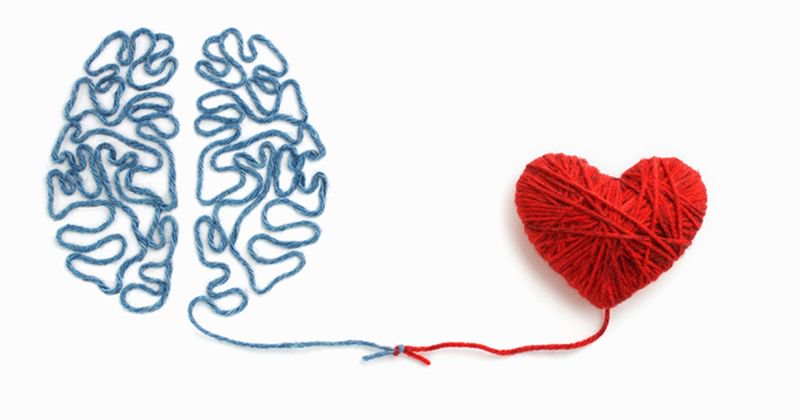Tirofiban fails to improve stroke outcomes when added to EVT, but questions remain
In patients with acute ischemic stroke with large vessel occlusion who underwent endovascular therapy, tirofiban did not improve outcomes and raised risk for intracerebral hemorrhage, researchers reported.
However, in a prespecified subgroup analysis, patients with stroke etiology of large artery atherosclerosis benefited from the addition of tirofiban (Aggrastat, Medicure/Lunan) to endovascular therapy (EVT), according to results of the RESCUE BT trial presented at the International Stroke Conference.

“Endovascular treatment has been shown to dramatically increase the rates of reperfusion and improve functional outcomes in large vessel occlusion strokes; however, about 30% of our patients still fail to achieve reperfusion,” Raul G. Nogueira, MD, director of the UPMC Stroke Institute, professor of neurology and neurosurgery and holder of the Endowed Professorship in Cerebrovascular Medicine at the University of Pittsburgh, said during a presentation. “Among the many causes underlying this is the fact that mechanical thrombectomy devices may cause endothelial denudation and vessel wall injury, which can potentially lead to clot formation after platelet activation/aggregation. A potential strategy to improve our outcomes would be to inhibit platelets. Tirofiban comes as a great candidate by being a nonpeptide glycoprotein IIb/IIIa receptor inhibitor. It is highly selective, has a reversible action, has a rapid onset of action and has a short half-life. The safety and efficacy of tirofiban in acute coronary syndromes is very well known and established; however, the utilization of tirofiban in large vessel occlusion strokes remains controversial.”
The trial included 948 patients (mean age, 67 years; 41% women; 46% with large artery atherosclerosis) who presented with acute ischemic stroke within 24 hours of last known well, were ineligible for treatment with IV thrombolysis, had a baseline NIH Stroke Scale score of 30 or less, had a baseline Alberta Stroke Program Early CT Score (ASPECTS) of at least 6 and were planned for treatment with EVT. The occlusion site was either the intracranial internal carotid artery, the M1 middle cerebral artery segment or the M2 middle cerebral artery segment.
All patients underwent rapid EVT and received a 10 µg/kg bolus of tirofiban or placebo followed by a continuous infusion of the study drug 0.15 µg/kg per minute for 24 hours and, at the 20th hour, oral antiplatelet therapy.
The primary endpoint of median modified Rankin Scale score at 90 days was 3 (interquartile range, 1-4) in both groups (adjusted common OR = 1.09; 95% CI, 0.87-1.37; P = .46), Nogueira said during the presentation.
There were no differences between the groups in the secondary outcomes of modified Rankin Scale score of 0 or 1 or return to premorbid score at 90 days, modified Rankin Scale score of 0 to 2 at 90 days; substantial reperfusion at final angiogram or recanalization on follow-up CT or magnetic resonance angiography at 48 hours, he said.
However, the tirofiban group had greater risk for any intracerebral hemorrhage (difference, 6.9%; 95% CI, 1-12.8; P = .02) and a trend toward greater risk for symptomatic intracerebral hemorrhage (difference, 3.3%; 95% CI, –0.2 to 6.8; P = .06), according to the researchers.
There were no differences between the groups in 90-day mortality, clot migration or distal occlusion at the end of the procedure, Nogueira and colleagues found.
He said the researchers observed a difference in treatment effect by stroke etiology, as in patients with an etiology of large artery atherosclerosis, the primary outcome favored the tirofiban group (adjusted common OR = 1.43; 95% CI, 1.02-2), but in patients with a different etiology, there was no difference between the groups in the primary outcome. The results did not vary in other subgroup analyses.
“It would make sense from biology and pharmacology that the subgroup that has atherosclerotic disease should benefit potentially from tirofiban,” Nogueira said during the presentation. “Tirofiban may improve EVT outcomes in large artery atherosclerosis strokes. This obviously requires further investigation.”










